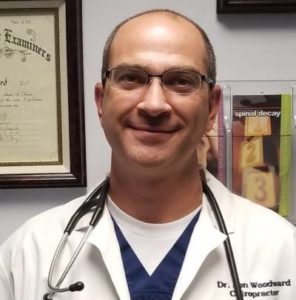Carpal tunnel syndrome (CTS) is the most common peripheral neuropathy of the upper extremity. It can arise from many causes such as anatomical variations, ganglion cysts, occupational mechanical stress, and systemic diseases. Systematic diseases include obesity, drug toxicity, alcoholism, diabetes, hypothyroid, rheumatoid arthritis (RA), etc. Let’s discuss how a doctor of chiropractic diagnoses CTS.
History of CTS
HISTORY: First, to assess CTS, your chiropractor will gather your history and evaluate in the information using an acronym such as LMNOPQRST which stands for: Location (wrist/hand); Medical history (diabetes, thyroid, RA, etc.); New (symptoms/events—case specific); Onset—when did it start; Provoking/Palliative (what makes it worse/better); Quality (numb, tingly, pain); Radiation— to thumb-half of the hand or, into the forearm; Severity—0-10 for now, average, at best, at worst—(case specific); Timing—better/worse AMs, PMs, during sleep, work, past history. According to an interesting study in the BMJ, the authors cited five references that stated physicians garner 60-80% of the information that is relevant for making a diagnosis through the case history alone.
PHYSICAL EXAM & DIAGNOSTIC TESTING
The purpose of a physical examination is two-fold: 1) to establish the diagnosis (which the history points to); 2) to rule out other neurological or musculoskeletal (MSK) diagnoses. Also, CTS often co-exists with other conditions and/or causations that can lead to carpal tunnel syndrome-like symptoms. Your chiropractor will perform provocative orthopedic tests (POTs) in an attempt to reproduce CTS symptoms. Some common examples of POTs include the Phalen test, the Tinel test, the Hand Elevation Test, and the Durkan test.
DIAGNOSTIC TESTING: X-rays are usually not used to diagnose CTS unless there’s speculation of a fracture or pathology. Blood work helps to assess the conditions cited in the opening paragraph. Electrodiagnostic testing, such as neuro-conductive velocity (NCV) testing (usually via referral to a neurologist) assesses the speed of nerve transmission, which is usually slower in CTS patients.
Chiropractors train at diagnosing AND treating CTS patients with a non-surgical approach. This is the FIRST course of care by all CTS treatment guidelines.


